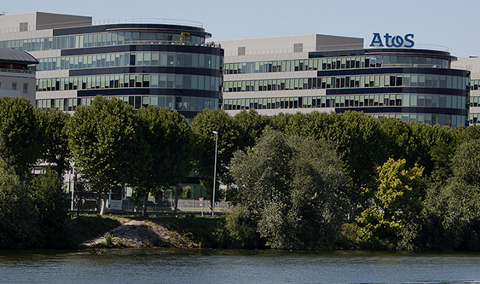
IT services provider Atos has 9,000-plus employees working in more than 200 locations, and its workforce features a broad age range and a diverse mix of backgrounds. In addition, around 40% of its employees are site-based or home-based, 10% work offline, and 400 are overseas, so implementing an inclusive reward strategy was no mean feat.
In October 2013, the organisation undertook a Great Places to Work survey, which revealed that 65% of employees were looking for a more unique benefits package, relevant to their individual lifestyles, as opposed to one overarching and generic benefits package.
Cassandra Gallott, head of reward, UK and Ireland at Atos, says: “Moving away from a generic offering, we worked with Reward Gateway to find a solution where employees had choice, so that no matter their location, their age or place in their career, they could find something that would work for them.”
Recognising the need for a more tailored benefit scheme, in April 2014 Atos partnered with Reward Gateway to launch a new employee engagement platform, Prosper. The HR team invited a selection of the organisation’s diverse workforce to be Prosper Champions, who were given early access to the engagement hub. Their feedback helped form the strategy for launch.
The benefits offering was categorised into three pillars: MyHealth, MyWealth, and MySelf. It includes benefits such as a cycle to work scheme, healthy lifestyle discounts, a Barclays' workplace scheme and a car leasing programme.
Gallott says: “We initially set a benchmark figure of 60% engagement within the first 12 months of implementation, but widely [exceeded] this, with 90% of employees actively using the hub in the first year, of which 40% registered in two weeks.”
Employee feedback has also shown that communications are reaching those at home and on off-site locations successfully, with staff working offline also being able to access the hub and engage with the organisation.
Read more...
How can benefits technology promote a more inclusive workplace?
John Lamb: Assistive technology can create a better workplace for all
















